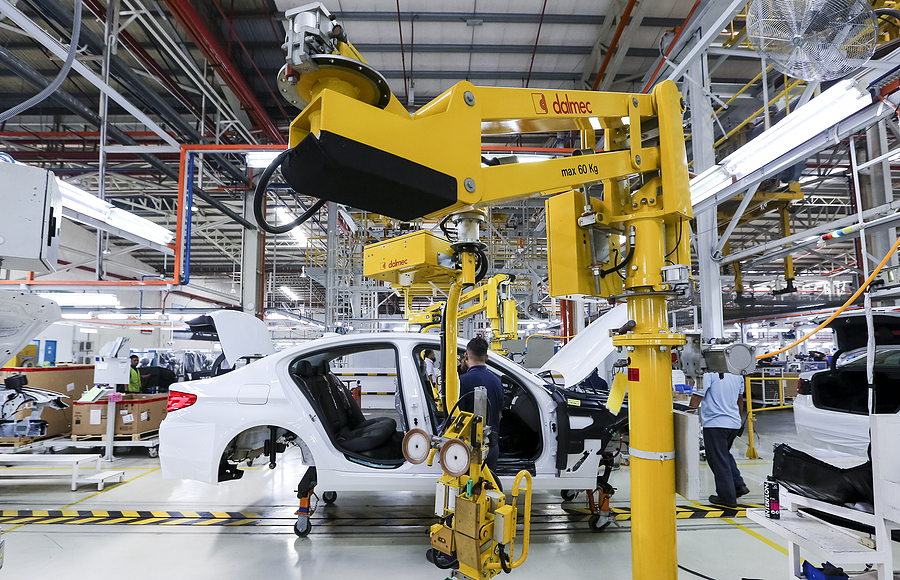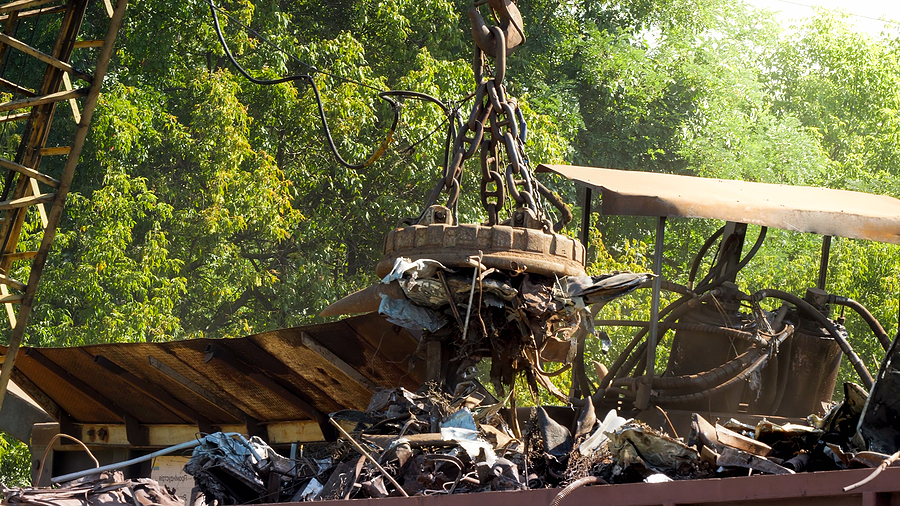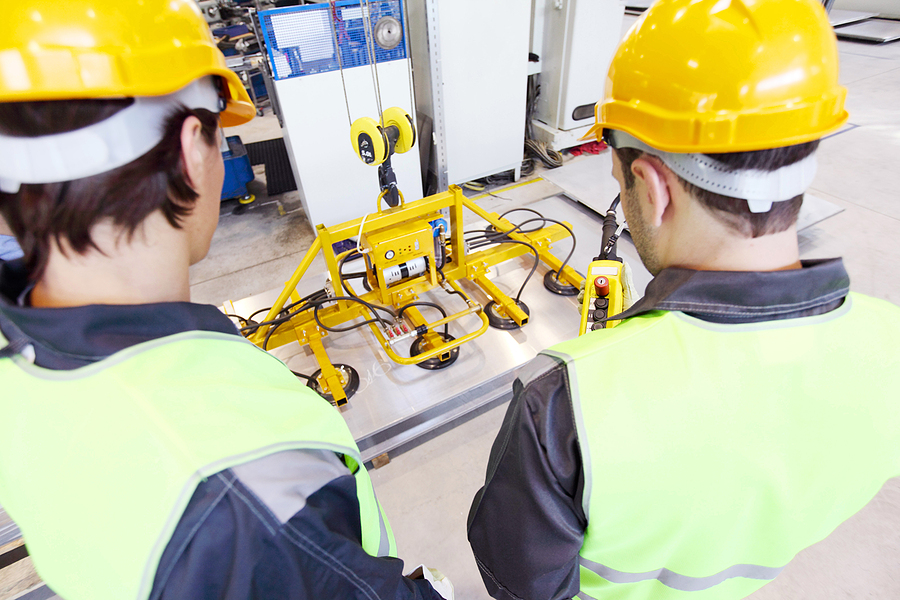The uses of magnets are manifold. From hanging good grades on refrigerators to holding together two ends of a piece of jewelry, magnets have become an integral tool in our day-to-day lives. However, lifting magnets have a much heavier purpose, involving the ability to lift and lower immense weights across countless industries. Let’s explore how these magnets for industry vary in function and form depending on their application.
Mine Over Matter
If you’ve seen a few western films, then you know how dangerous mining can be. Along with cave-ins and explosions, many miners face exposure to dust and toxins that could lead to serious illness. This is where magnets for industry come in.
They help to increase safety and efficiency by attracting ferrous materials all the while expediting the separation of “tamp ore” or waste metals from the rest of the bulk material. In other words, magnets handle the separation of materials instead of manpower.
Less time in the mine means less exposure to hazardous conditions, making magnets truly a lifesaver in the mining industry.

Automotive Assembly
Sitting in that brand new car wouldn’t be possible without magnets for industry. From the start of the production line to the finished vehicle, magnets are responsible for holding together its various parts, including the outer shell and steering wheel. They are also used in the placement and aid of sensors in various vehicles.
But what if that brand new car needs some work done? Take it to the auto mechanic who will be using magnet systems to lift and hold large engines and other equipment while making your repairs.
Steeling the Show
Magnets for industry have substantial uses when it comes to steel manufacturing and distribution. Being that steel is so heavy, lifting magnets help to keep production on schedule, protect workers, and streamline processes when manufacturing. Materials are easily lifted, transported, and separated thanks to the powerful lifting capabilities of industrial magnets.
Steel distribution has greatly evolved due in large part to magnets for industry. Immense quantities of steel can be moved with accuracy and efficiency that would otherwise not be possible. Instead of relying on pulleys, chains, and slings to move steel across mills, operators can use magnets that offer safer and more precise results.
Clearly, magnets steal the show when it comes to steel manufacturing and distribution.
Scrap Manual Labor
There is no need for workers to haul large and often sharp scraps at recycling centers. This usually results in safety hazards and subsequent injury. Instead, magnets for industry are used to collect a wide assortment of ferrous metals like iron and steel.
They are capable of attracting heavy, misshapen metals in addition to loose scraps that are in hard-to-reach areas. Above all, magnets are durable enough to withstand the harsh environments and materials of scrap yards so laborers don’t have to put themselves in harm’s way.

The Industries Are Endless
Magnets are used across innumerable industries ranging from agriculture to pharmaceuticals. Let’s run down a few more before wrapping up:
Agriculture
Magnets for industry are used to purify food resources against metal contaminants. They help to separate metals from the food we eat so we can consume without caution.
Welding
Magnets are used to clamp pieces of ferrous materials in the proper position. This allows them to be aligned and welded together. This increases the quality and productivity of welding work.
Pharmaceuticals
Similar to agriculture, magnets are used to eliminate the risk of magnetic contamination. They increase the quality and safety of pharmaceutical products, providing peace of mind for patients.
Are You In Need of Magnets for Industry?
Permadur proudly serves various industries. Whether you’re working at the shipyard or metal fabrication plant, we have the right lifting magnet for you. Call us today for all of your material handling needs. We’ll handle the heavy lifting from here.


